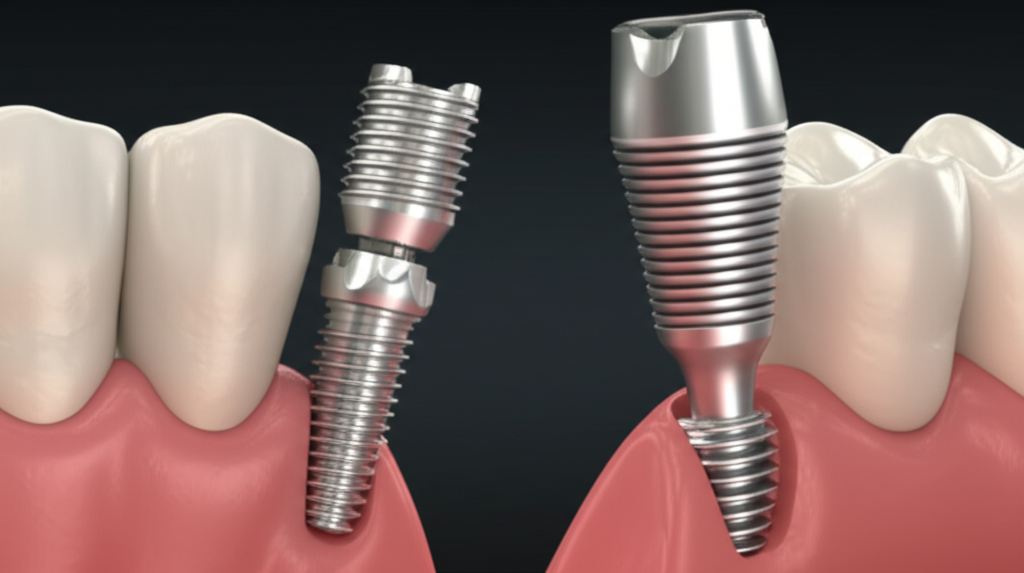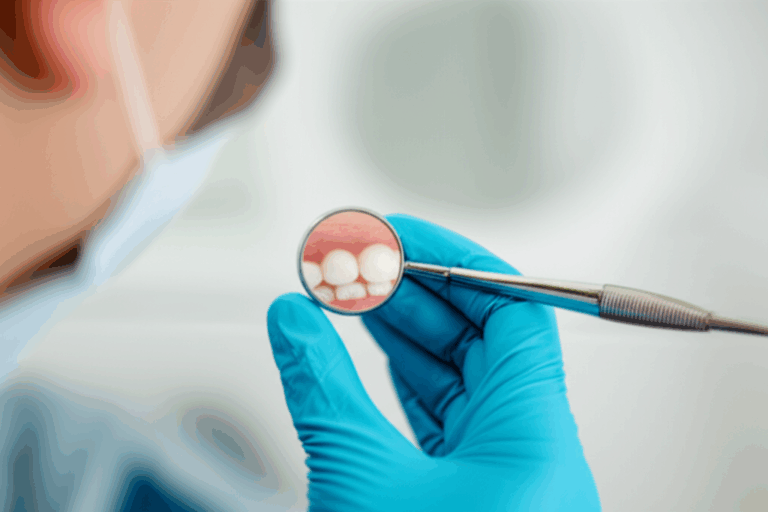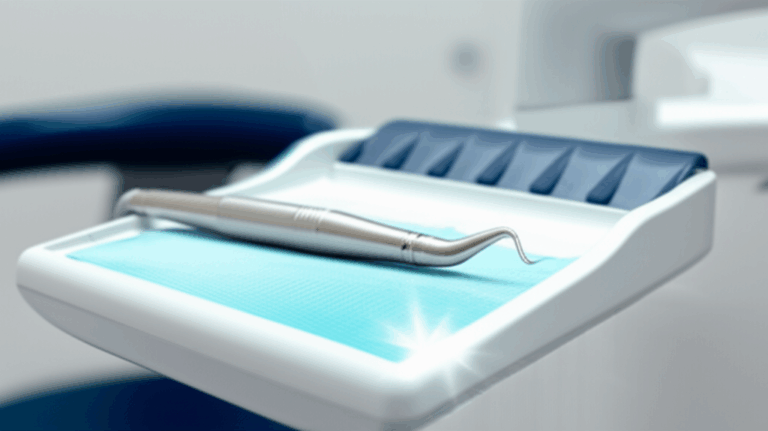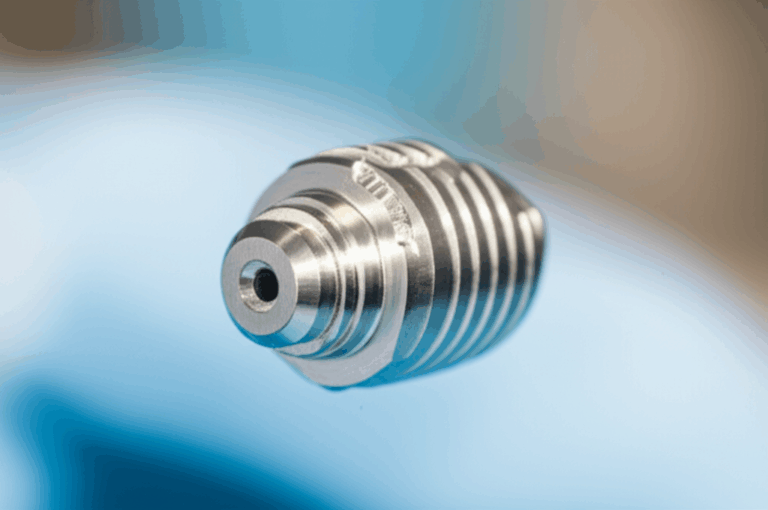
Are There Screwless Dental Implants? Understanding Your Options
Have you heard about screwless dental implants and wondered if they’re real, or just another dental myth? If you’re worried about dental screws—maybe you don’t like the idea, or you’re concerned about problems, looks, or just want something that feels more natural—you’re not alone. Let’s break down what “screwless” dental implants really are, how they are different from the usual screw-based ones, and if they might work for you.
In This Article
- What Does “Screwless” Mean in Dental Implants?
- One-Piece (Monoblock) Implants: The ‘True’ Screwless Alternative
- Cement-Retained Crowns on Traditional Implants: The ‘Visibly Screwless’ Choice
- Screw-Retained Dental Implants: The Traditional Standard
- Which Option Is Right for You? Factors to Consider
- Comparing Your Choices: Benefits, Risks, and Real Data
- Who Makes a Good Candidate for Each Type?
- Your Healthy Takeaway: What You Need to Know Next
What Does “Screwless” Mean in Dental Implants?
Let’s start at the bottom—literally. When people talk about a “dental implant,” you might think of a tiny metal screw that gets placed in your jawbone. That’s pretty much it. But dental implants are always changing, and so are the words we use.
The Implant Body vs. The Restoration
Think of a dental implant like a tree in your mouth:
- The implant body is like the root, hidden under the gums, stuck to your bone (usually made of titanium or ceramic).
- The restoration is the top part you see—the crown for one tooth or a bridge/denture for more.
Most questions about “screwless” implants are really about how the crown on top is held in place—not the bit fused into your bone.
True “Screwless”: The One-Piece (Monoblock) Implant
Normal implants have two main parts: the bit in the bone and a connector (abutment) that links the crown.
But what if those two are joined into one? That’s the one-piece or monoblock implant. Here, the implant and its connector (abutment) are one solid piece. No extra screw—so no worrying about a screw coming loose. The crown is usually glued or bonded on top, so there are no screw holes showing.
These are often zirconia dental implants, which look pretty natural and are metal-free.
“Screwless” for the Crown: Cement-Retained Restorations
There’s also a way to get a screwless look, even if there are screws hidden inside. In cement-retained restorations, your dentist puts a connector into the implant, then glues the crown to that. To you, it looks “screwless” because there’s no hole at the top.
So, Is There Truly a Screwless Dental Implant?
Here’s the truth:
The part of the implant that goes into your bone is always fixed in place—usually with a screw or similar design.
But “screwless” is about either making the implant and connector one piece, or using glue to hide the screw under your crown.
One-Piece (Monoblock) Implants: The ‘True’ Screwless Alternative
Imagine putting a garden stake straight into the ground with no joints or connectors—that’s what a one-piece implant is like.
How Do They Work?
One-piece dental implants have the implant (what sets in your bone) and the connector (the part holding the crown) as a single part:
- Usually made from strong zirconia or sometimes special titanium.
- The crown (the “tooth” you see) is cemented or glued on top.
Advantages
- No Gaps: It’s one solid piece, so there are no cracks for germs to get in. This can mean fewer chances for gum problems or infections.
- No Screws to Loosen or Break: These worries basically disappear since there’s no screw at all.
- Looks Great: Zirconia is tooth colored and blends in well. No dark metal edges.
- Good for Allergies: Ceramic zirconia is gentle and good if you react to metal.
- Simple Design: Fewer parts, fewer things that might go wrong.
Disadvantages
But just like tying your shoe with one hand, one-piece implants have limits:
- Needs to Be Placed Exactly Right: You only get one angle—if it’s not set perfectly, fixing it later is really hard.
- Not Good for Big Fixes: Not the best if you need to replace more than one tooth.
- Tricky Repairs: If something goes wrong with the crown, getting it off is tough and might harm the implant.
- Not as Much Research: They’ve done well so far, but don’t have as many years of studies as older titanium implants.
Is this right for you?
If you need one tooth replaced, have healthy bone, and want a good-looking metal-free tooth, a one-piece ceramic implant might be a good choice.
Cement-Retained Crowns on Traditional Implants: The ‘Visibly Screwless’ Choice
If you want a “screwless” look but need the classic benefits of regular implants, cemented crowns might be best for you.
How Do They Work?
- Dentist puts in a normal (two-piece) implant.
- A connector (abutment) is screwed in.
- The crown is glued onto that, hiding everything underneath.
Advantages
- All Looks, No Holes: No hole on the chewing side, so it looks more like a real tooth. Great for visible teeth.
- Feels Natural: Many people say glued-on crowns feel more real.
- Custom Fit: Crowns can be made to match your bite and look how you want.
- Very Common: Lots of china dental lab partners make cemented crowns every day.
Disadvantages
- Glue Problems: Extra glue can slip under your gums, causing gum irritation or infection. This is a common reason for gum disease around implants.
- Hard to Repair: If there’s ever trouble under the crown, it usually needs to be cut off, which takes more visits and sometimes means replacing parts.
- Glue Wears Down: The glue can get weak over the years, so the crown might get loose.
Who Is It For?
If you want a hidden solution, mostly for a front tooth, and you don’t grind your teeth, cemented crowns can look good and work well.
Did you know?
Modern labs, like a dental ceramics lab, use computers to help crowns fit better, lowering the chance of extra glue.
Screw-Retained Dental Implants: The Traditional Standard
Most people think dental implants always use a screw. This is the classic way, and it’s still a favorite—especially for tougher cases.
How Do They Work?
- A two-piece implant goes in your jaw.
- A connector is screwed into the implant.
- The crown or fake tooth is either screwed onto the connector or glued after.
Advantages
- Easy to Fix: If something’s wrong, your dentist can just unscrew the crown, fix things, and put it back.
- Works Most Places: From one tooth to a whole row, screws work everywhere.
- Good for Big Jobs: If you need a lot of teeth done, screws make it possible to adjust each one as needed.
- Easier Cleaning: For things like gum disease under an implant, doctors can unscrew the restoration to clean and treat it.
- Proven Results: Studies say more than 95% are still good after 10 years if you look after them.
Disadvantages
- Small Hole Shows: There’s a little hole (screw access) on top of your crown, filled with tooth-colored stuff, but it might darken or show a little over time.
- Screw Problems: Sometimes screws can loosen or even break. This happens in about 5-15% of implants over 5-10 years, but new tools and parts have made it much better.
- Tiny Gaps: There is a tiny space at the connector where germs could hide, but good cleaning keeps this low risk.
Which Option Is Right for You? Factors to Consider
No one implant is perfect for everybody. Here are things to think about:
- Looks: If you want your new tooth to show no hint of a screw—especially in the front—a cemented or one-piece implant is best.
- Easy to Fix: Do you want your dentist to be able to check under the crown easily? Then, screw-retained ones are best.
- Bone Health: If your bone is weak or thin—maybe because of gum disease or missing teeth for years—you might need special care. Screw-retained implants work better for hard cases, while one-piece ones only work in ideal cases.
- Where in Your Mouth: Molars (back teeth) need to handle more force. Screw-retained or two-piece types are better here.
- Long-Term Maintenance: Are you okay with the idea of a crown needing to be cut off if things go wrong, or do you want something that can be unscrewed and fixed more simply?
- Cost/Availability: Special materials like all-zirconia can cost more or may not be easy to get everywhere.
- Your Feelings: Allergic to titanium? Want all-ceramic? Care most about comfort or just peace of mind?
Quick Tip:
Still not sure? See a skilled prosthodontist or oral surgeon. They’ll check your mouth and talk about what’s best for you.
Comparing Your Choices: Benefits, Risks, and Real Data
You want real info, not just stories. Here’s a chart comparing implant options side by side:
| Feature/Metric | Screw-Retained (Classic) | Cement-Retained (Hidden Screw) | One-Piece/Monoblock (True Screwless) |
|---|---|---|---|
| Truly “Screwless”? | No; hole on top filled | No; screw hidden under crown | Yes; implant and connector fused |
| Looks | Good, but sometimes a hole | Excellent, looks very natural | Excellent, metal-free |
| Repairs | Easy; just unscrew | Hard; must cut crown off | Hard; removing crown is tough |
| Problems | Loose/broken screw (5-15%) | Gum issues from glue (up to 30%) | May crack if under a lot of force |
| Tiny Gaps | At connector | At connector | None (fused) |
| Success Over Time | >95% at 10 years | >95% at 10 years | 93-97% at 5-10 years (early data) |
| Best For | Big, complex cases, easy fixes | Front teeth, for looks | One visible tooth, good bone |
(Data from ADA, J Prosthodont 2019; see more dental implant info for details)
Main Point:
No type is perfect for everyone. Think about what matters to you—looks, easy repairs, no metal, or just not worrying.
Who Makes a Good Candidate for Each Type?
Here’s who each kind works best for:
One-Piece (Monoblock) Implants (Zirconia or Titanium):
- Good for: People with strong, healthy jawbones who lost just one tooth (often a front tooth). Also good for folks who want no metal.
- Not for you if: Your bite is off, or you need lots of work (more than one tooth).
Cement-Retained Crowns:
- Good for: Front teeth where looks really matter and if the implant can go in perfectly.
- Not for you if: You had gum disease or might not keep up extra cleanings (leftover glue is a risk).
Screw-Retained Restorations:
- Good for: Hard cases, back teeth, bridges, full mouth jobs, or when you want things easy to fix.
- Not for you if: You really hate the idea of any screw holes, even if filled.
Not sure you fit?
Your dentist can plan your options using computer tools like at a digital dental lab to show your results before starting.
Your Healthy Takeaway: What You Need to Know Next
Feel like it’s a lot? That’s okay. Here’s a quick summary:
- There are ‘screwless’ choices—but all use something to anchor in your bone.
- You can get a ‘screwless look’ with cemented crowns or a one-piece implant.
- All types have good and bad points—talk to your dentist about them.
- Perfect placement and keeping your mouth clean are key for any style.
- The best pick comes from talking openly with your dentist about your needs and worries.
What to Do Next
- Write down what matters most—how it looks, how long it lasts, easy repairs, price, or something else.
- Take this to your dentist and ask, “What choices match my goals? What are the drawbacks?”
- Don’t be shy—ask to see photos or real examples.
- If you want, check out new services like a high-tech implant dental laboratory to see what adds-on you can get.
- Remember: It’s your mouth, your comfort, and your call.
Ready for the next step?
Book a time with your dentist to go over all the implant choices—including screwless and regular ones. With some help and good questions, you’ll be on your way to a healthy, happy smile.
Still want to know more? Check out more about dental problems or see what helps with your long-term smile.
Learn as much as you can, ask questions, and always think about your comfort first. In the end, the best dental implant is the one that fits your life and brings back your smile.








